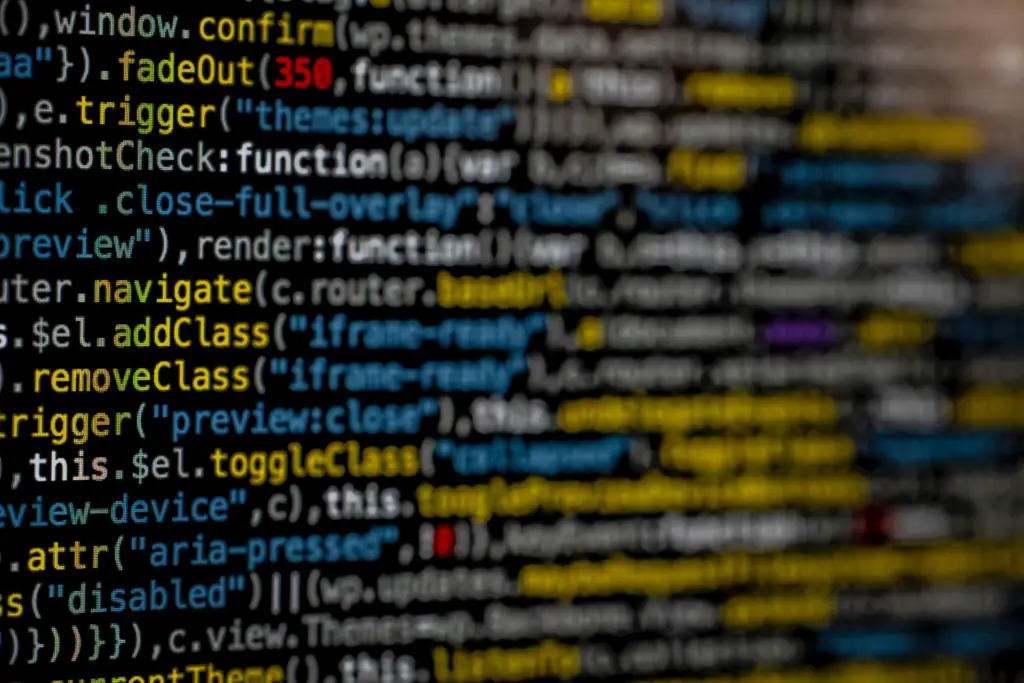In the past, the majority of computers were offline, and the only way to get infected was to use a disc that had a virus on it. Even then, you had to execute the file; and the damage, while big, would be more of an inconvenience than a proper disaster.
Today, someone with access to your files can ruin you both socially and financially. Why? Well, because we have more stake in the digital world.
So, if all of this is true, what happens in a few years or in a decade when most of the people you know start living in smart homes and when every single item is connected online? What cybersecurity horrors await us in this even more digital future? Here are some predictions of the challenges that we might face there!

1. IoT vulnerabilities
Just pause for a moment and think what’s at stake.
In the past, having your digital accounts compromised could mean that you’ll have your physical address leaked and potentially lose a few messages and save games. The majority of conversations were analog, and all your accounts required you to be there in person.
Today, things are much different. Now, with modern IoT connections, a person can turn off their kettle amid brewing, switch lights on and off in their home, or even unlock the front door of their home without ever approaching it with a lockpick.
Things have changed, and the stakes are higher than ever before. This is why you need to be serious about your cybersecurity. Coming up with strong passwords, avoiding clicking on links that you have no idea who sent, and looking for the best antivirus solutions on the market are not just smart; they’re vital for your safety and that of your family.
So, if all of this is so bad, why is it tomorrow’s problem?
First of all, a lot of people still don’t live in smart homes. Sure, we can see this trend growing, but until every household is smart, the threat won’t be as mainstream as it could be. Another thing to remember is that this vulnerability is definitely something that people are concerned with, and a major bottleneck to a wider smart home adoption.
Even if this is not something that happens so often, it’s a nightmare scenario that has crossed the mind of anyone who has ever considered going smart with their home.
2. Personal and commercial drone use
War in Ukraine has shown the world the full capability of drone warfare. We’re not just talking about the use of military drones but even regular drones, the ones you can get at any tech store. They can be outfitted with explosives, used for reconnaissance, and much, much more.
Still, this raises the question of all the ways in which regulation just can’t keep up with all these new threats. In the majority of cases, you don’t even have to get any kind of license or certificate. Sure, you can register your drones with the FAA, but even this is not always mandatory. This is just an extra piece of red tape that ensures that you’re aware of and accept the FAA regulations.
There are so many drones out there, and all of them are remotely controlled via a wireless network. This means that it’s not that hard to imagine a hacker potentially taking control of a drone, which would result in a misuse of a device. The biggest problem is that this would be so hard to diagnose and prove afterward. The liability for any violations or damages caused by these drones would fall onto the most obvious culprit.
These drones rely on communication with the network in order to operate, but what would happen in the scenario of a DoS (Denial of Service) attack? An uncontrollable drone will crash with no regard to where or what it’s crashing into.
These drones can reach everywhere, see everything, and be used for so many bad things. However, they’re undoubtedly useful tools and shouldn’t be dismissed. Therefore, proper cybersecurity measures will have to be developed.
3. Ransomware evolution
While ransomware is an old concept, the threat is constantly evolving in order to put extra pressure on the victim.
One example of this is the so-called double extortion. This way, a ransomware operator extracts parts of data that it can use as a blackmail subject. This way, they can threaten to release the data unless the ransomware is paid, which puts more pressure than ever on the blackmailed party. After all, there’s always a risk that there’s a backup of the encrypted data and that the person in question could recover. Well, now, there’s an extra threat with potentially very serious consequences.
Then, there is the thread of ransomware-as-a-service (RaaS). This is a horrific phenomenon where some of the world’s most notorious hackers create proficient ransomware tools, which they rent out to various criminal elements. This means that the threat of using ransomware becomes even more widely present and available even to people who would be unable to conduct these attacks.
For instance, a particularly malicious competitor could use this RaaS to disrupt your supply chain or even attack your critical infrastructure. In this case, they would put a serious dent in your business and use your absence (or limited capability) to gain a competitive edge. Sure, it’s a completely immoral strategy, but one that’s bound to see bigger and bigger use.
Due to inflation and the fact that stakes are a lot higher than before, ransomware demands have gone drastically up. Previously, we’ve talked about how we’re more and more reliant on digital data, which is why we’re more willing to pay (and willing to pay more) than before.
4. AI frauds and deep fake threats
Generative AI is incredibly powerful, and you really need to start taking it more seriously. AI can generate images and photographs of people who don’t exist. They can mimic voices to the unrecognizable level. Sure, so far, these are mostly used for comedic purposes, but the technology is out there, and it’s near-impossible to tell the harm that may come from this.
The majority of cybersecurity platforms that use tools that detect user behavior focus on picking up subtle hints of their user. They’re not just looking at the IP and device that the user is signing in from but also their scrolling habits, mouse movement patterns, etc.
Due to the latest advances in the field of machine learning, these tools will be able to use this same data (that behavior pattern recognition tools use) and mimic it more faithfully than you ever could. The right AI platform can act more like you than you ever could.
According to some privacy experts, AI can even find your location from photos, which is more than worrying.
When it comes to regular scams, there’s so much that you can achieve even with the simplest, free AI tools. Have you ever tried taking a sentence, giving it to ChatGPT, and asking it to make it sound like Hemingway, Shakespeare, or Joyce wrote it? Well, with the right sample, why can’t you rephrase it in your own style and choice of words? If the topic is not very specific, wouldn’t this trick some of your friends (even those who know you very well)?
The problem is that every invention, no matter how altruistic and amazing, can be turned against the general populace. Cybersecurity will just have to catch up before things get out of hand.
Cybersecurity is always one step behind cyber threats
While predictive development sounds amazing, it’s impossible to prepare for a threat that has never occurred before. This is exactly what some of the above-listed abuses are. Sure, we’ve listed some potential examples but the truth is that we have no clue what other abuses hackers and criminals will figure out and exploit. All in all, the world of cybersecurity needs to pick up the pace.







